by Joe Parlanti originally posted on tigersunited.com
Any Tiger restoration will eventually require some attention to the doors themselves. Many times, only the door panels need to be restored as the door mechanisms generally hold up pretty well. However, the seals, rub strips, and sometimes the window winder shaft mounting assembly may need to be replaced. In my case, I’m doing a nut and bolt restoration of the car, so this article will cover the restoration of all door components. Let’s get started.
Door Panel Restoration
My car as a Mk1A has the pleated style door panels with the vinyl waist roll. The original door panels were a cardboard material which was prone to warping when they became wet. Of course, since our cars never leak, how could this be a problem? As sanity finally checked in, plastic door panels became available. I ordered everything from Rick at Sunbeam Specialties, and as usual, the parts were all top notch. The plastic door panels come pre-cut to shape with all of the holes in place. One difference in the GT style panels is that they have a series of sheet metal parts that run around the perimeter of the panel as shown here (click on the pictures for a larger view):
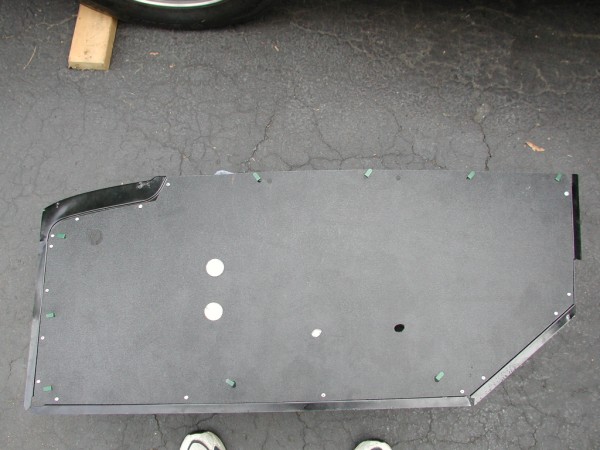
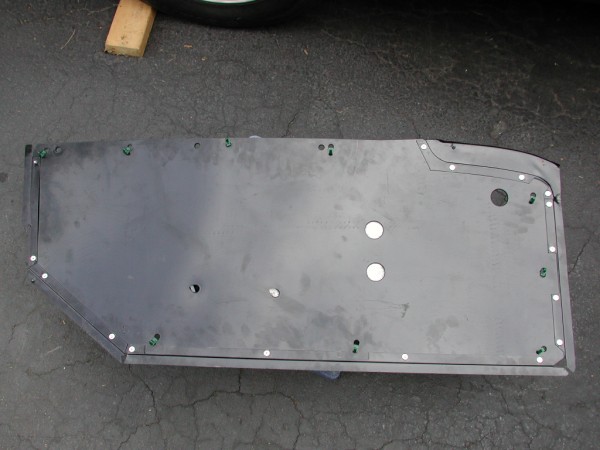 There’s really nothing special about these pieces that need a lot of attention. I sandblasted and powder coated them in preparation for installation. The parts are riveted to the panel.
There’s really nothing special about these pieces that need a lot of attention. I sandblasted and powder coated them in preparation for installation. The parts are riveted to the panel.
The vinyl cover in the case of the GT has the pebble finish with several horizontal pleats. The material has a foam and cotton like backing which must be trimmed prior to fitment to the door panel. The key here is to make several marks (I use a Sharpie) on the back of the material in order to locate it correctly on the panel. Begin by drawing a line corresponding with the top pleat, followed by the rear vertical pleat. Next draw a horizontal line about 1.25” above the top pleat line to establish the top of the door panel location. The rear of the door panel location is found by marking a line 1.5” to the rear of the vertical line. Now, lay the door panel on the cover and mark all the way around with the pen as shown here:
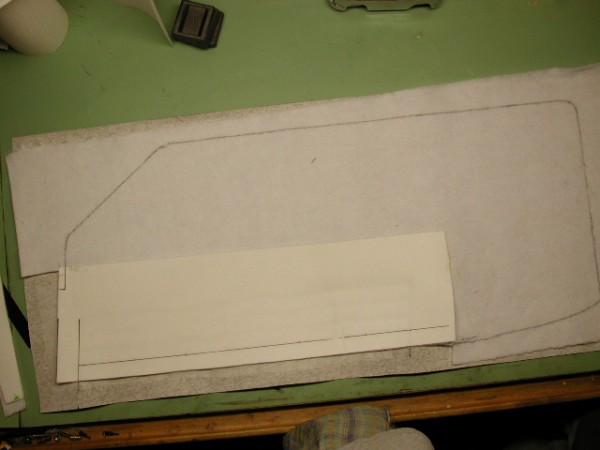
Double check that everything is where it should be by flipping the panel and cover over, and folding the top and rear over. If everything looks good, you’re all set.
The next step is to trim the padding all the way around to the outside line. You may need to carefully pull it back a bit where the heat formed pleats are. Finally, trim the vinyl itself 1.5” to 2” around the padding. A tip from Tiger Tom is to remove some of the padding at the rear edge of the door panel leaving only the vinyl or the door panel will be too thick to get the door to close properly when all of the rubber seals are in place.
Remember here that we’re making a left and right door panel, so be careful when cutting and gluing things together. To glue the vinyl down, liberally apply contact cement to both parts. You will only need to apply glue to the back of the panel where the vinyl wraps around. After the requisite set up time for the adhesive, start by pressing the vinyl onto the board. Here’s a shot of both sides of the finished panel:
You’ll have to trim several notches out as you go around corners to keep the vinyl from overlapping. That’s about it for the covering process.
Next, install the door panel clips, and open up the holes for the door handles, window cranks, door pull holes, etc. We can put the panel aside for a while.
Windows and Mechanisms
The next step in the door restoration is to install the window glass and associated lifting mechanism. Getting the glass in can be tricky and requires a fair amount of patience. Start by loosely bolting in the rearmost window support using 1 screw from underneath the door and 1 through from the inside. The rear support is shown here:
Next, install the window winder mechanism which is shown here:
Fasten the mechanism in place with the 4 screws around the winder shaft only.
Leave the rearmost vertical support free for the next step. This shot shows it already fastened back in.
Place a window winder handle temporarily on the shaft and rotate until the slide rail with the 2 buttons which locates the bottom of the window is in an approximately 60 deg. angle with the rear being uppermost. Start feeding the window onto the first button, eventually picking up the rear button. Here’s a shot of the window being attached to the winder: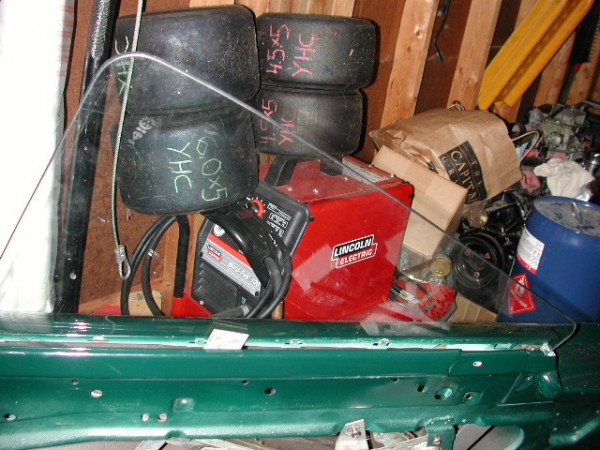
Rotate the handle until the window is finally able to be lowered to a horizontal position. Once this is done, the rearmost winder support can be attached. Make sure you use the short screws on the top of the rear support or the window winding mechanism components will not clear.
The front window guide can now be installed.
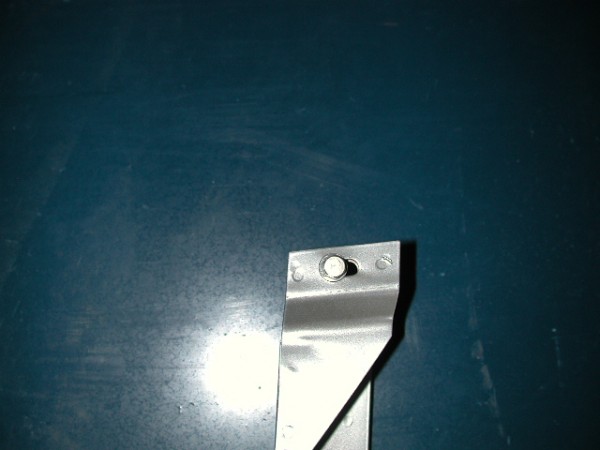
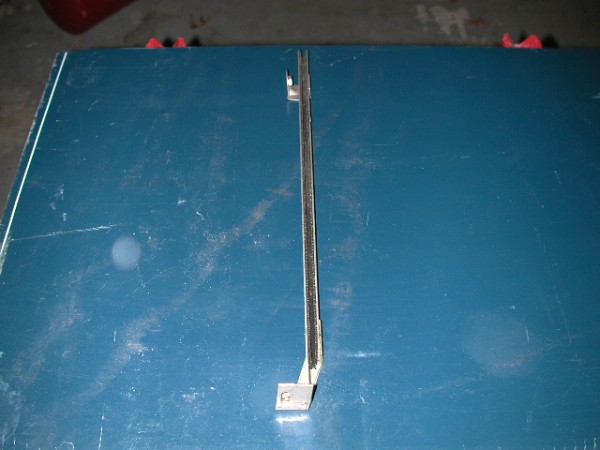
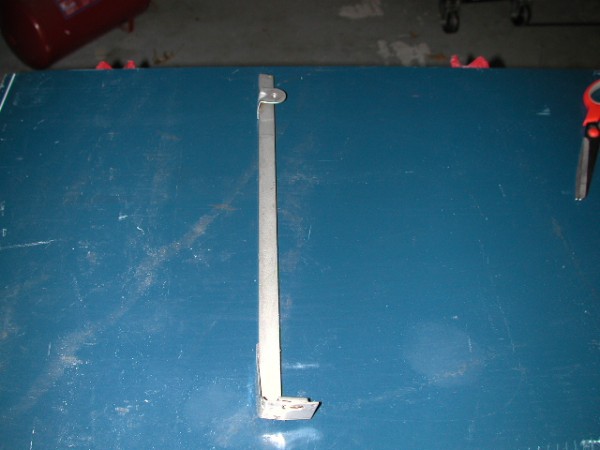
There are 2 screws which fasten the bottom of the support from underneath the door, and 2 from the top. One of these top fasteners is located from the inside, and the other is a special hex head screw which is located near the door skin. This fastener is particularly difficult to install because it must be done blind. Here’s a shot looking at the top of the support from inside the door:
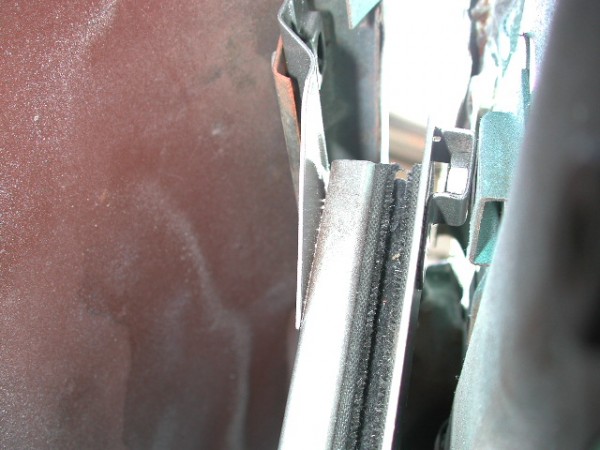
In the case of my driver’s door the support itself was slightly bent at the top and after an hour of trying to get the screw in, I pulled the support back out, straightened it and then everything went together fine.
Next, install the wing window assembly by sliding it through the top slot in the door along the channel formed by the front slide support. There are 2 screws which fasten the assembly from the front, and 1 through the side of the finisher into the door frame.
Now is a good time to check the window alignment and movement. If necessary, loosen the fasteners on the front and rear slide supports, and the wing window until the window movement is satisfactory. Another good tip from Tiger Tom, leave the final adjustment of the wing window until after the windshield and top are in place. It’s a very iterative process of adjusting each component until the best compromise of fit between all three can be obtained.
Window Seal Installation
Next, we’ll install the inner and outer window seals / guides. Begin by removing the wing window and winding the window down to its lowermost position. The outer seal is held in place by several special clips which allow the seal to be pushed down into place. If you’re lucky enough to have all of the original style clips, great, but if you’re like me, most were broken and had to be replaced. Unfortunately, reproductions of these clips are no longer being made, but a suitable replacement is available from a Canadian company called MacGregor British Car Parts (877-777-6381).
The clips fit well but needed to be squeezed in order to hold the seal firmly. A word of advice; use the outer door seals from Rick at Sunbeam Specialties. The ones from Victoria British are worthless. I inherited some with my car and after spending a fair amount of time trying to make them work, gave up and called Rick. As usual, his parts are top notch. Here’s a shot of the outer seal, including one showing the end which requires trimming at the rear of the door:
Here’s a photo of the installed seal:
Door Waist Roll Pads
The later cars with the GT style interiors used a padded sheet metal waist roll pad. Normally, these are cracked and should be replaced. Once again, Sunbeam Specialties has produced an excellent part. It is an expanded foam / vinyl part which must be glued to the sheet metal structure. As before, I sandblasted and powder coated the parts in preparation for installing the waist roll pad. Using contact cement, glue the pad to the sheet metal and apply heat from a heat gun to help form the material around the part. The vinyl is different from the material used on the seats and door panels. It’s more of a plastic and is stiffer. Wrap the vinyl around and secure it to the part, trimming as needed.
The inside glass rub strip can now be installed. There are 6 clips which should be spaced equidistantly along the inner edge of the already covered part.
BTW, these clips are available from Sunbeam Specialties if any of the old ones are broken. Once the clips are in place, the rub strip can be snapped into place after being trimmed to length with the silver covered strip on top. To do this, put the waist roll pad onto the door along with the rub strip. The strip should be butted up against the wing window and trimmed to fit just inside the rearmost portion of the door slot opening. It will actually extend beyond the waist roll pad as can be seen in this photo:
The waist roll is actually held in place by the door panel itself. It gets sandwiched between the clips protruding from the door panel and the door sheet metal.
Window Travel Stop
There is a small angle bracket which is near the bottom of the door and is used to limit the downward travel of the window. It came from the factory with some sort of thick felt like material which will most probably be gone or partially disintegrated. I sandblasted and powder coated the brackets, and then used some ¾” thick insulating strip with adhesive on one side to form the new cushion.
The brackets are held in place by 2 screws through slots in the door. Loosely fasten them before the next step. Lower the window until the top edge is just under the outer door to glass seal, then raise and tighten the screws on the bracket.
Door Latch Mechanism
The door latch mechanism is shown here:
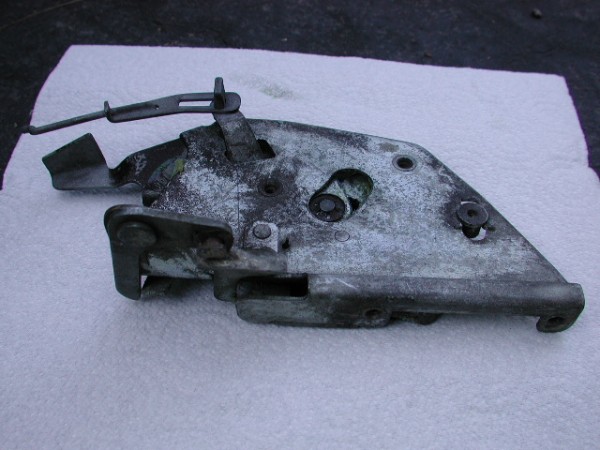
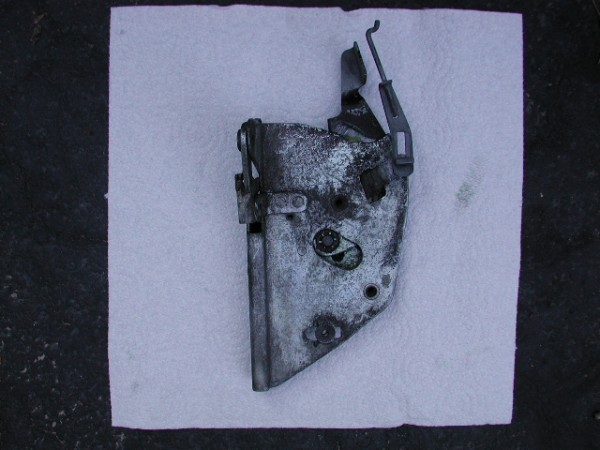
To install, carefully feed it through the large opening near the rear window guide. You’ll have to rotate it around the guide until it slips into place on the back edge of the door. Next, place the outer door handle in place and feed the door lock pushrod through the corresponding hole in the handle. I found it best to hold the latch mechanism up so that the rod protrudes out of the handle hole in the door, and then hook it in to the handle. Here’s a shot of how it should look from inside the door:
Next, we’ll need to connect the interior door handle strap to the latch mechanism. This should also be done before fastening the mechanism in place. Hold the latch toward the large hole in the door sheet metal until there is enough clearance to slip the slot in the strap over the boss on the latch. Here’s a shot of the strap in place:
One thing that I do also is to put some anti rattle material under the strap before mounting the door handle assembly. I used adhesive backed felt available at craft store cut into 1” wide strips. Finally, fasten the handle assembly to the door using 4 screws as shown here.
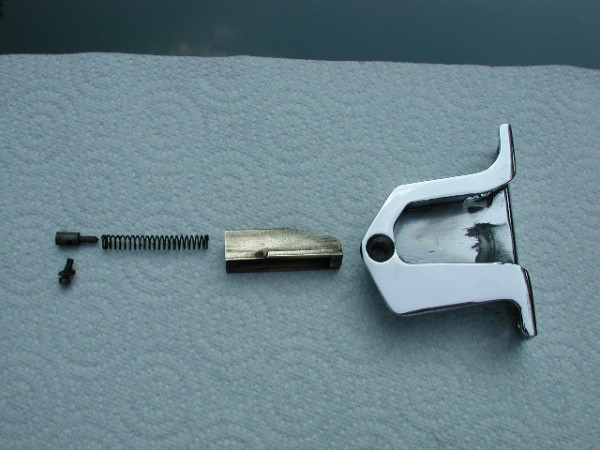 Once these parts are in place, you can fasten the latch mechanism to the door using 2 screws from the rear vertical face of the door. The striker catch should be disassembled, cleaned, lubricated, and reassembled. Here’s a shot of the individual pieces in their order of assembly:
Once these parts are in place, you can fasten the latch mechanism to the door using 2 screws from the rear vertical face of the door. The striker catch should be disassembled, cleaned, lubricated, and reassembled. Here’s a shot of the individual pieces in their order of assembly:
Then fasten the striker catch and retaining plate to the door using the 3 screws:
Next, install the door striker with the 2 flat head screws. The adjustment of the striker is important for door closing operation and alignment. I simply, loosened, moved, and tightened the striker until I was satisfied with everything.
We’re now ready to install the door panel itself. You’ll need to pre-position the clips by rotating them in their holes in order to line up with the holes in the door. Push the winder and door handle shafts through the door panel and work your way around the perimeter of the door pushing the clips into the holes. The waist roll is captured between the door panel and the door. You’ll need to push down on it to get the clips through the holes.
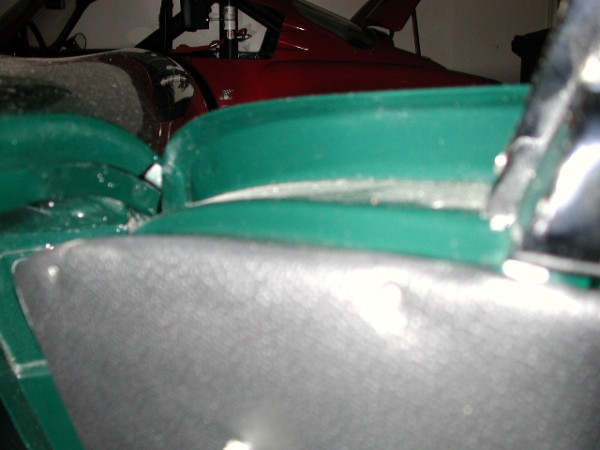 There are 2 sheet metal screws that must be inserted on the upper portion of the front of the panel. Here’s a photo:
There are 2 sheet metal screws that must be inserted on the upper portion of the front of the panel. Here’s a photo:
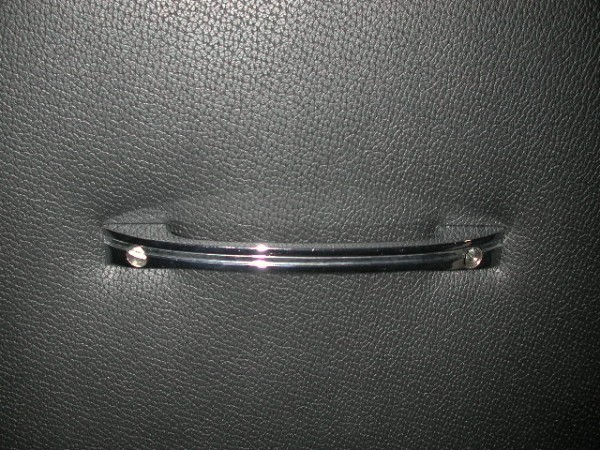 Finally, install the door handle, window crank, and door pull. The 2 handles are held in place with pins through the shafts, and the door pull is fastened with 2 screws.
Finally, install the door handle, window crank, and door pull. The 2 handles are held in place with pins through the shafts, and the door pull is fastened with 2 screws.
Well, that’s about it. Restoring the doors can be a long and tedious project, but you’ll have a great deal of satisfaction having finished a major assembly on the car.
Good Luck!

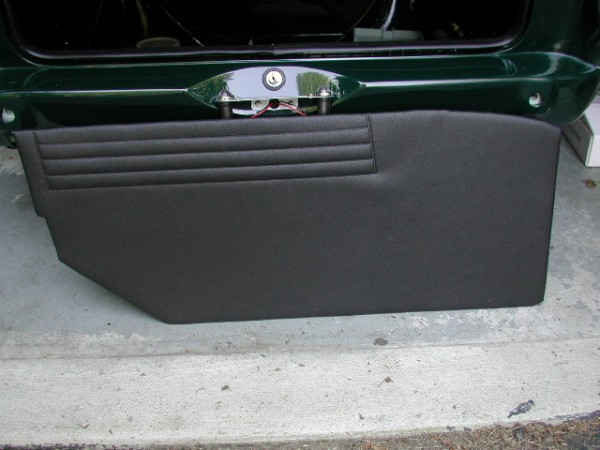
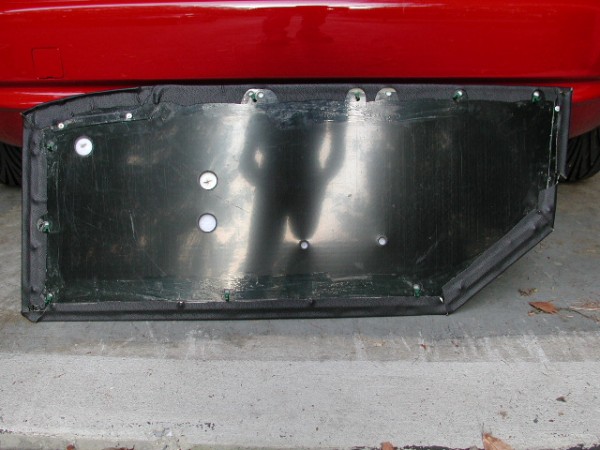
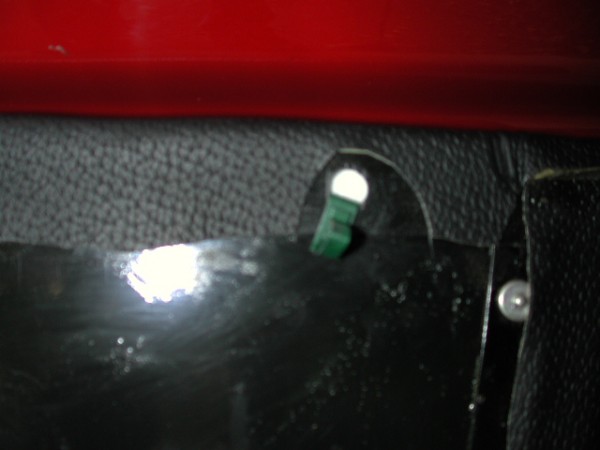
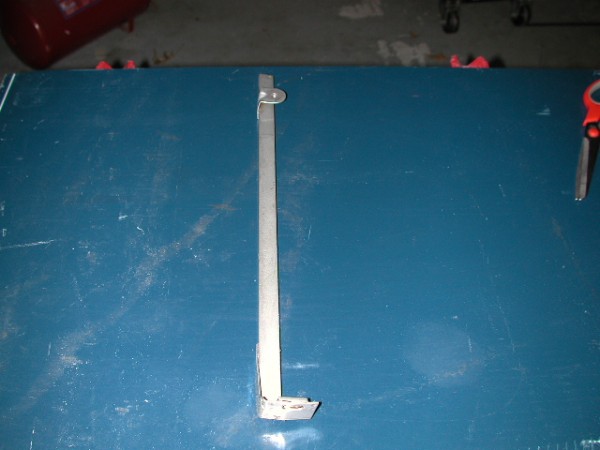
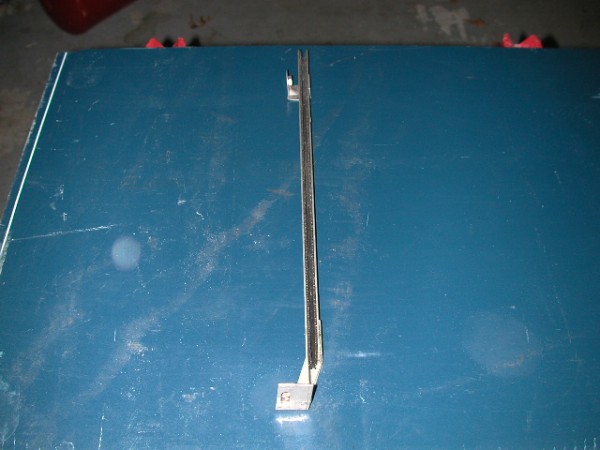
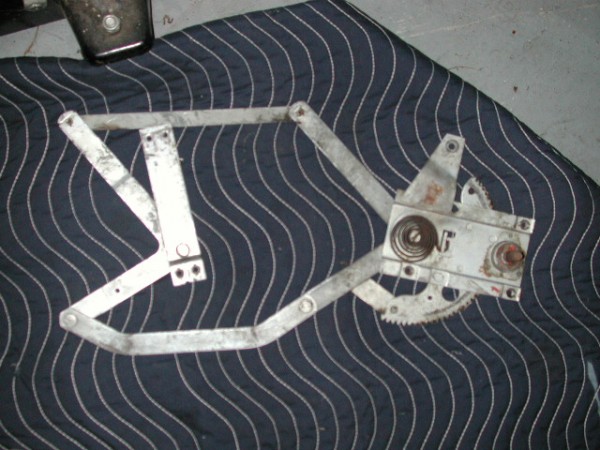
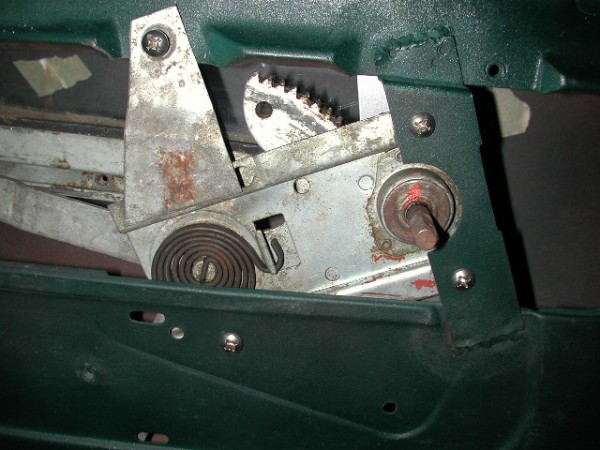
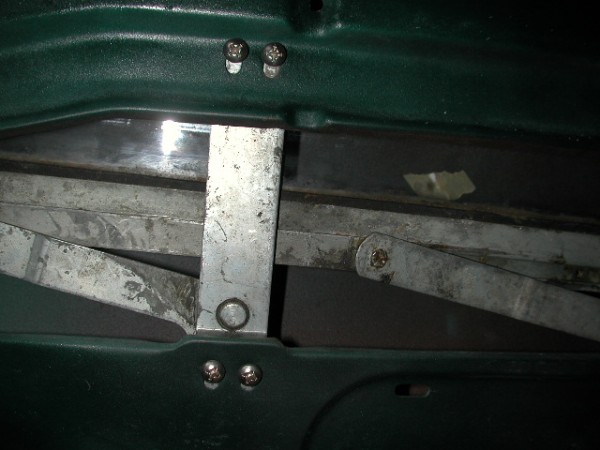
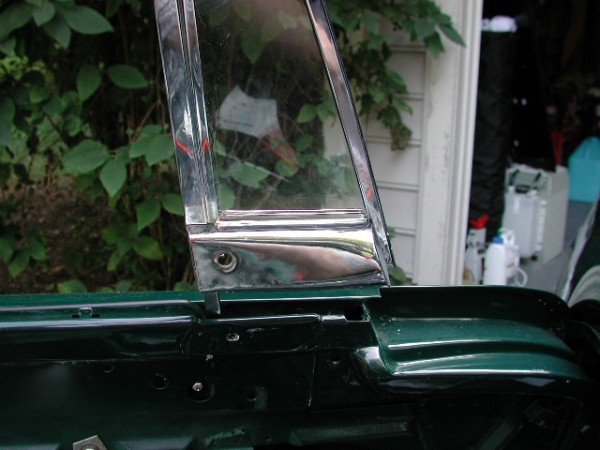
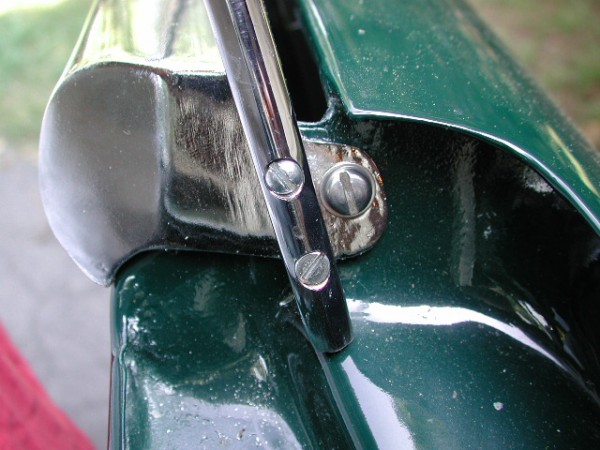
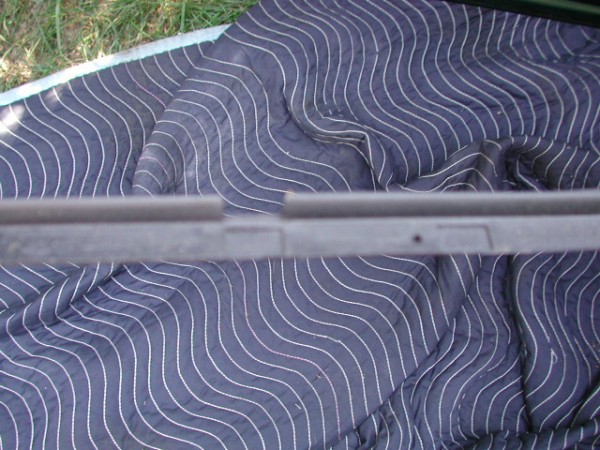
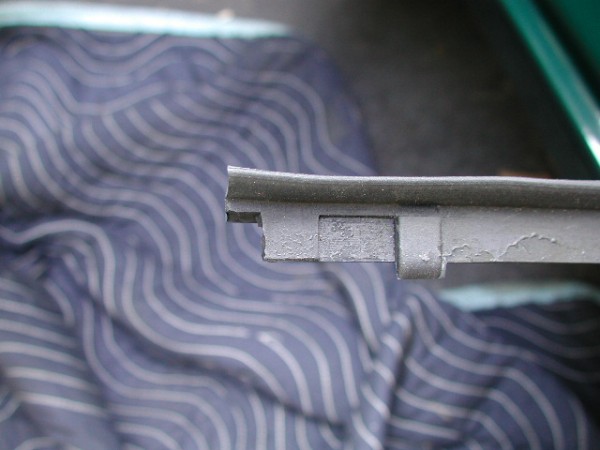
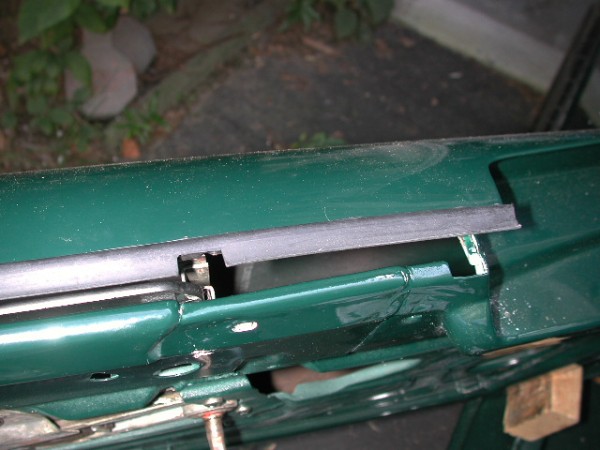
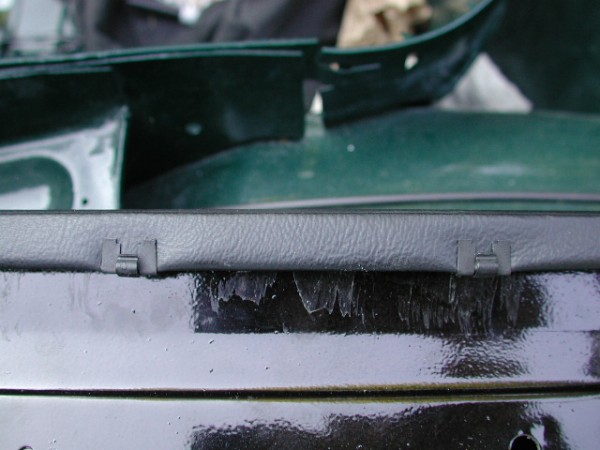
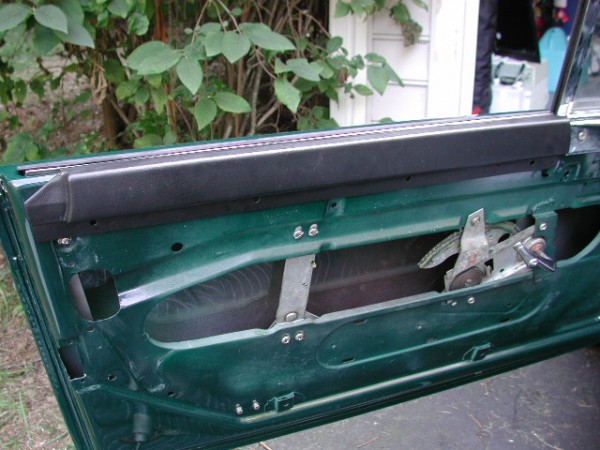
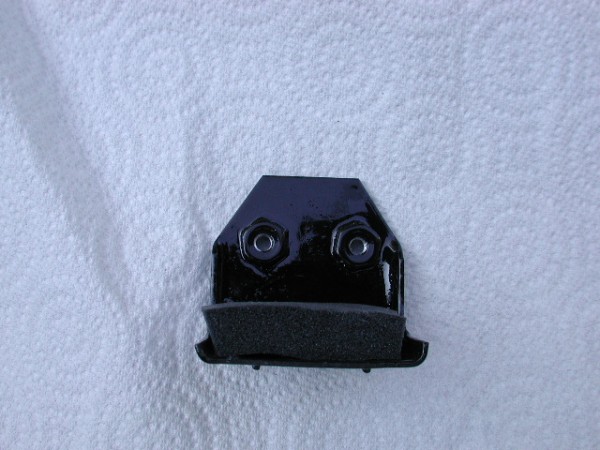
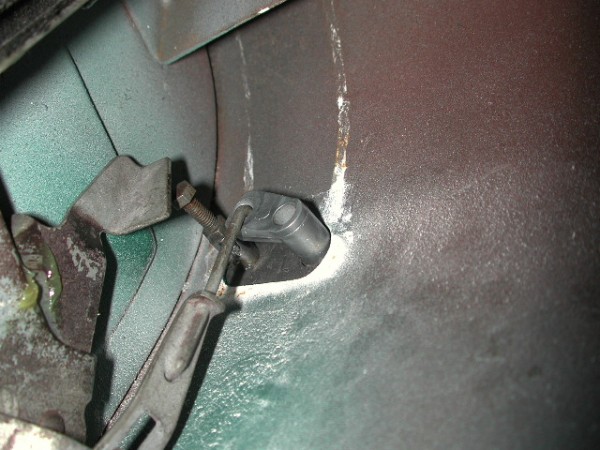
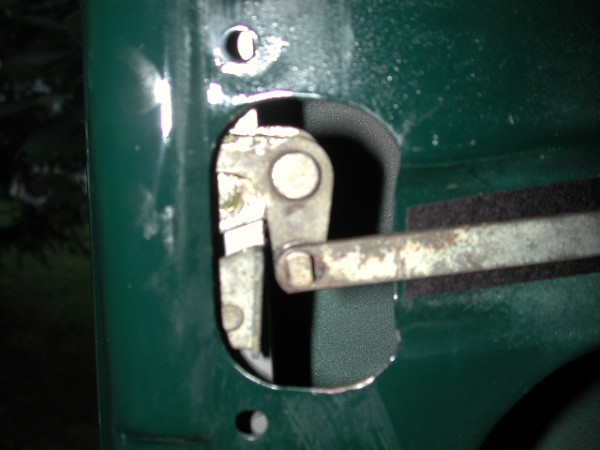
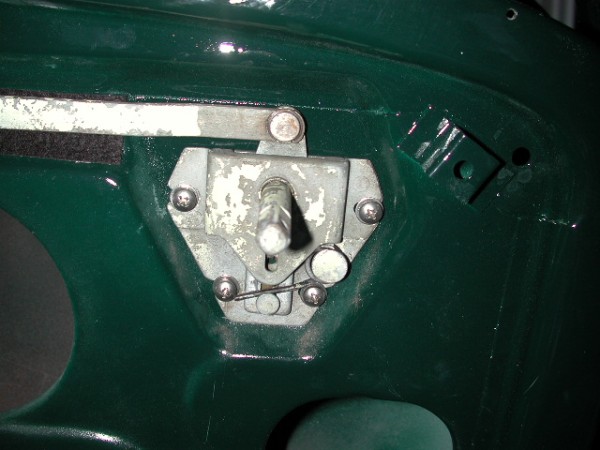
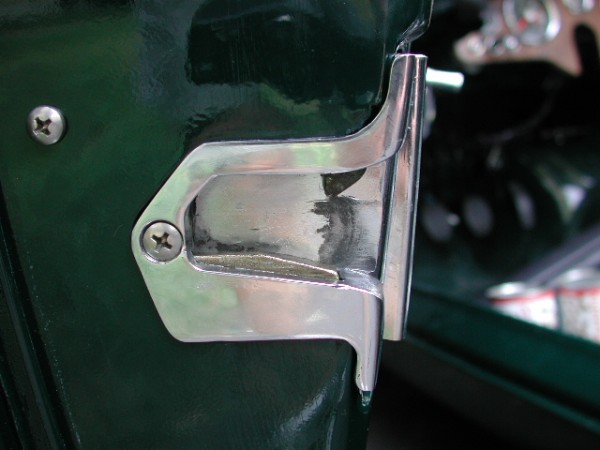
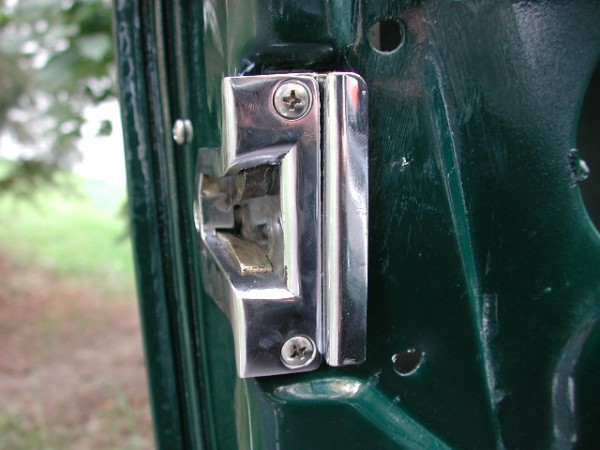
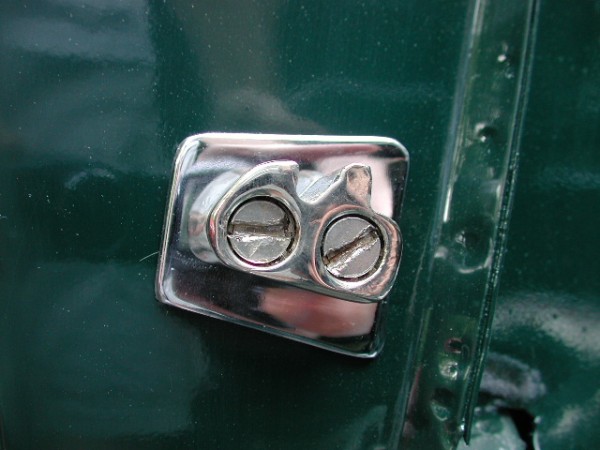
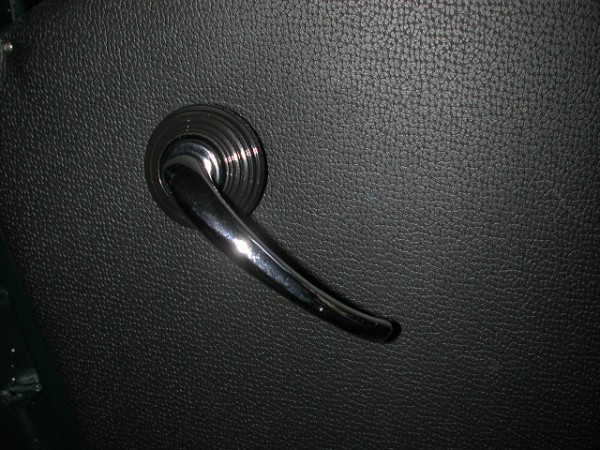
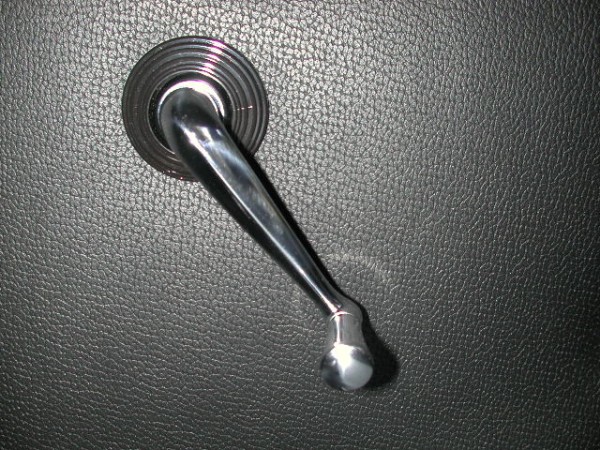
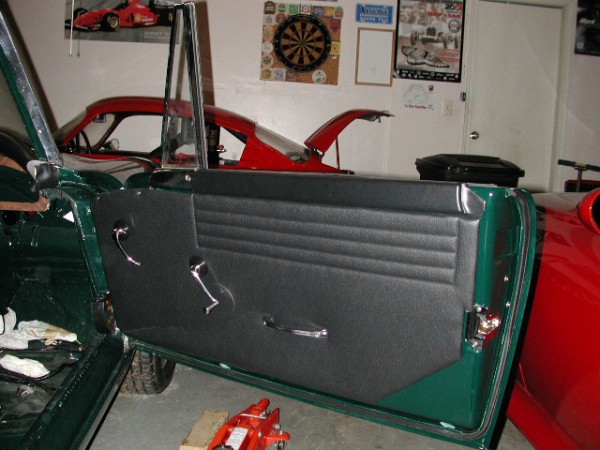
Comments (2)
Where do you get the door pull? How much will a pair cost?
You could try posting on the TEAE forum https://www.teae.org/cars/forum/. A quick check of the usual suppliers didn’t turn anything up. There’s always a chance one or two might show up in the parts room at the United. Good luck!